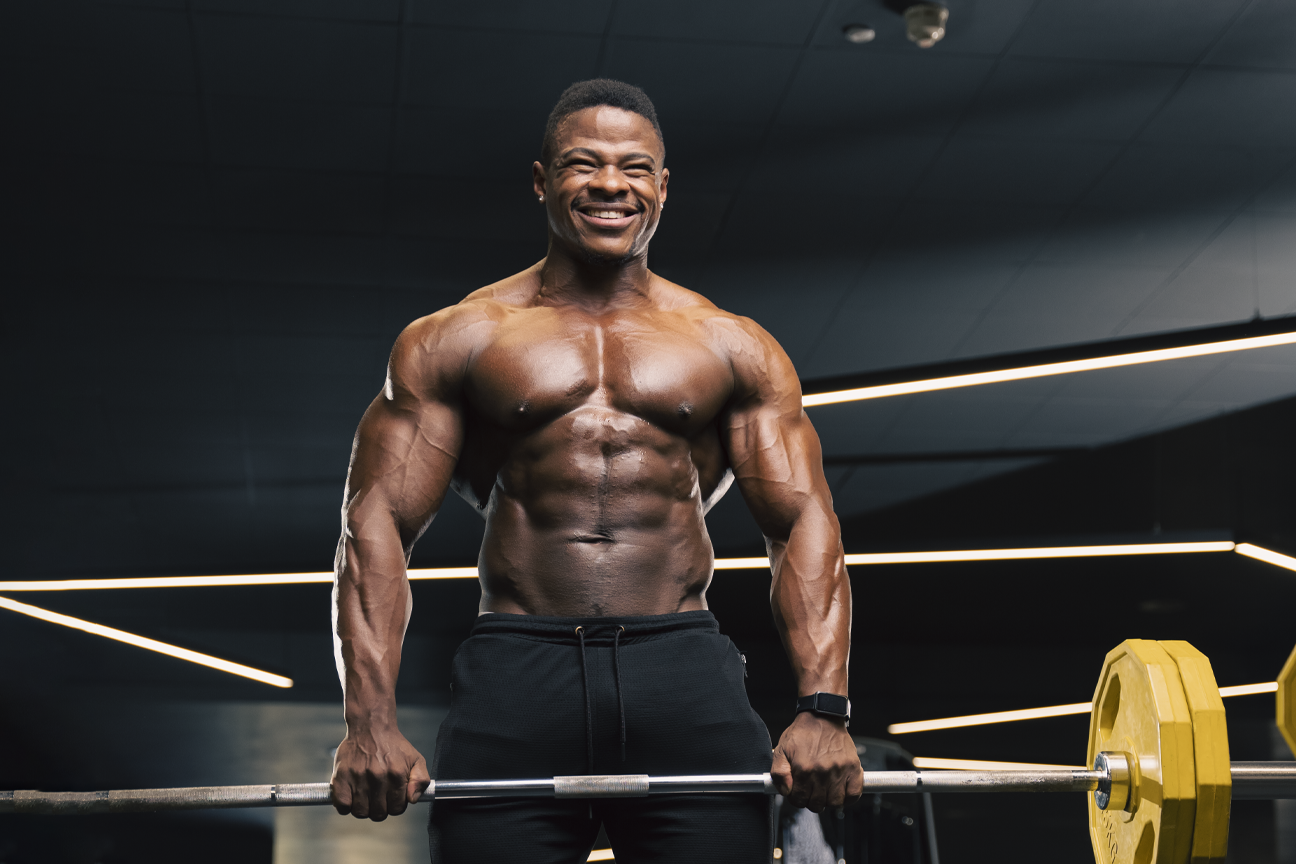Does muscle soreness mean muscle growth?

There is nothing more rewarding than a sweaty workout, leaving you feeling the burn a day afterward. But should you feel muscle soreness after your intense workout? And what does it mean to be sore after a workout?
We'll discuss whether muscle soreness means growth for your muscles, according to Laura Jawad:
The healing process makes your muscles stronger
After a workout, the exercises performed created microscopic damage to your muscles, which makes your muscles feel stiff and sore the next day. This is the process your muscles undergo to heal, also known as DOMS (delayed onset muscle soreness). This healing process makes your muscles stronger in the long run.
Muscle soreness indirectly promotes muscle growth
Muscle soreness comes from muscle damage which may encourage muscle growth. However, it is not a requirement for muscle growth, therefore you do not need to feel sore to make gains. If you do not feel sore after a workout it does not mean you are not benefitting from the workout, as your body may have adapted to the different types of exercises and activity.
Being sore after a workout does not necessarily mean it was a good workout
Many people believe that feeling sore after a tough workout means that it was a successful workout. This is false as you may feel stiffer after an intense workout or if you changed your workout routine. Your body needs time to adapt to new exercises, but after completing repetitive workouts you will become less sore which also does not indicate that the workouts are less effective.
The extent to which you experience DOMS is extremely variable for different people
The main cause of DOMS is a mixture of microscopic tears in your muscle fibers that is in the healing and recovery stage. Muscle soreness does not mean it is only because of an intense workout – it could be dehydration, hot temperature, improper body fuel or that you poorly recovered from your previous training session.
Follow the below tips to ensure a faster recovery:
Make sure you reap the benefits of your intense workout by properly fuelling your body with the right nutrients to feed your muscles after a workout.
The NPL L-Glutamine is the perfect post-workout anti-catabolic amino acid drink, that optimizes muscle recovery, and increases protein synthesis while also supporting your immune system. Shop L-Glutamine here.
After working out it is essential to supply your muscles with protein as it will help your muscles recover. Make sure to reach your daily protein intake by using Platinum Whey which is the purest and cleanest whey protein. The BCAA (branched chained amino acids) in the Platinum Whey will assist your body to build and repair muscle tissues.
Cooling down after a workout will help to lower the extent of DOMS. Cool-down stretches after a workout will alleviate muscle stiffness and will also help to increase your strength. The increased blood flow will also help with the recovery process.
Stay hydrated and drink 2-3 liters of water per day. Make sure you take regular sips in between your sets. Have a good sleeping schedule in place and take regular rest days.
Conclusion
In conclusion muscle soreness indirectly affects your muscle growth only if you pair it with the right diet, effectively recovering and staying hydrated.
For more recipes and exclusive deals, sign up for our newsletter here. Follow us on Instagram and Facebook to stay up to date with the latest fitness tips!
References
https://www.gloveworx.com/blog/all-about-delayed-onset-muscle-soreness-doms/





